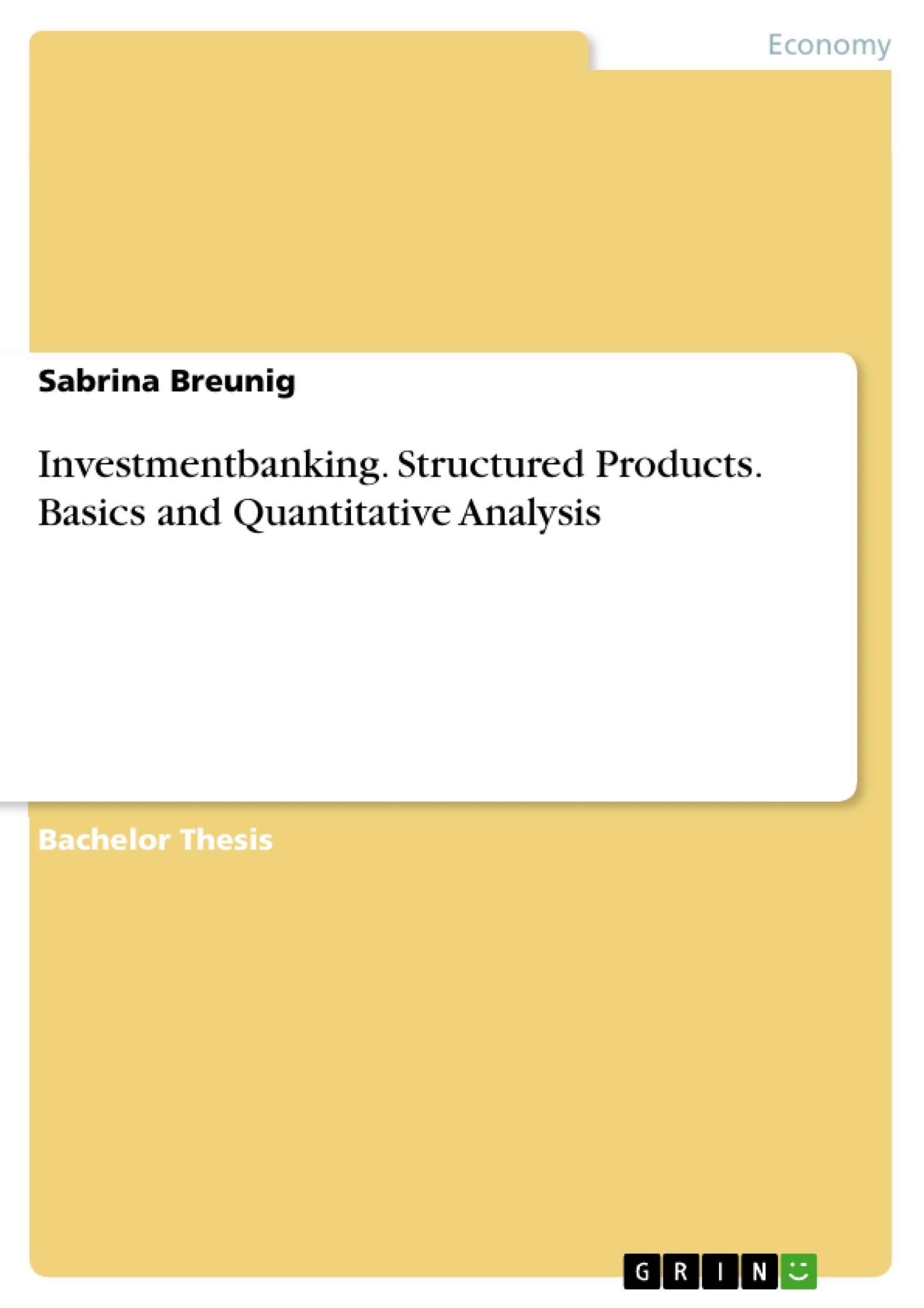In times of low or even negative interest rates in the German market, traditional forms of saving and classical bonds are not very attractive. Under such market conditions, wealth creation is almost impossible without participation in the stock market. Financial instruments such as shares and funds, however, only provide the opportunity to benefit from rising stock prices (Mommsen & Walle 2017). Certificates, on the other hand, are the right choice for investors who do not only want to profit from rising stock prices but who also aim to achieve positive returns when stock prices are stagnant or even declining (Götte 2009). That is one of the reasons why certificates have experienced increasing popularity among private investors over the last years (Götte 2009): In February 2019, the certificates market in Germany had a total volume of 72.6 billion euros, which represents an increase of 4.3% since February 2018 (Deutscher Derivate Verband 2019).
Is the key to success not the identification of the best stock, but the identification of stock market trends that can then be exploited with suitable certificates?
This paper is structured as follows. In a first step, an explanation of the general concept of structured products and their different trade forms is provided. Additionally, the Black- Scholes-Model is presented for the theoretical fair value determination of certificates. The following chapter on risk focuses on approaches to minimize issuer risk, which has caused great criticism of certificates during the financial crisis. For the quantitative analysis, selected certificates are presented in detail in order to show how tailor-made certificates can be used to build capital by exploiting anticipated stock market trends. Finally, the conclusion critically reflects the opportunities achieved by investments in structured products.
Table of Contents
List of Figures
List of Tables
1. Introduction
2. Basic Principles of Certificates
2.1 General Types and Characteristics of Certificates
2.2 Trading of Certificates
2.3 Valuation of Certificates using the Black-Scholes-Model
2.4 Costs of Certificates
2.5 Risks of Certificates and Possibilities to Lower Risk
3. Quantitative Analysis of Selected Types of Certificates
3.1 General Approach for the Presentation and Analysis of the Chosen Certificates
3.2 Guarantee Certificate
3.3 Discount Certificate
3.4 Outperformance Certificate
3.5 Bonus Certificate
3.6 Index Certificate
3.7 Strategic Use of Certificates in Different Market Situations
4. Conclusion
Appendix
A. Call and Put Payout Profiles
B. Data on the Market Volume of Certificates
- Citation du texte
- Sabrina Breunig (Auteur), 2019, Investmentbanking. Structured Products. Basics and Quantitative Analysis, Munich, GRIN Verlag, https://www.grin.com/document/512760
-

-

-

-
Téléchargez vos propres textes! Gagnez de l'argent et un iPhone X. -

-
Téléchargez vos propres textes! Gagnez de l'argent et un iPhone X. -

-
Téléchargez vos propres textes! Gagnez de l'argent et un iPhone X. -

-
Téléchargez vos propres textes! Gagnez de l'argent et un iPhone X. -

-
Téléchargez vos propres textes! Gagnez de l'argent et un iPhone X. -

-
Téléchargez vos propres textes! Gagnez de l'argent et un iPhone X. -

-
Téléchargez vos propres textes! Gagnez de l'argent et un iPhone X. -

-
Téléchargez vos propres textes! Gagnez de l'argent et un iPhone X. -

-
Téléchargez vos propres textes! Gagnez de l'argent et un iPhone X.

